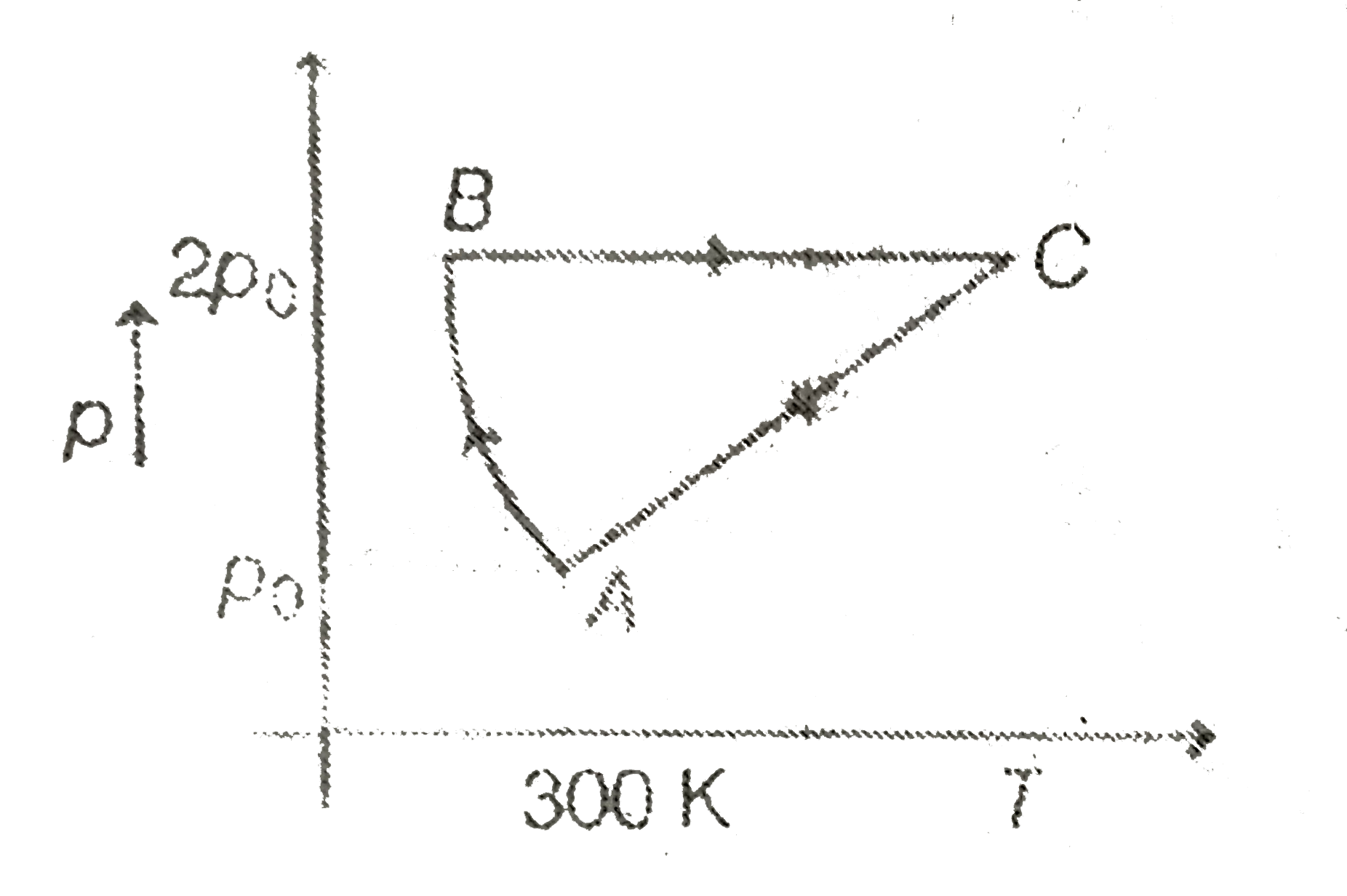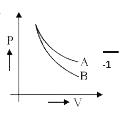The gas constant R represents work done
per kelvin per mole
per degree absolute
per degree per mole
per mole
The correct Answer is:C
To solve the question regarding what the gas constant R represents, we can follow these steps:
Step 1: Understand the Definition of the Gas Constant
The gas constant R is a fundamental constant in thermodynamics and is used in various equations, including the ideal gas law, which is expressed as:
PV=nRT
where:
- P = pressure,
- V = volume,
- n = number of moles,
- T = temperature in Kelvin.
Step 2: Identify the Units of the Gas Constant
The value of the gas constant R is commonly given as:
R=8.314J/(mol⋅K)
This indicates that the units of R are joules per mole per Kelvin.
Step 3: Interpret the Meaning of the Units
The units of R can be interpreted as the amount of energy (work done) per mole of substance per unit change in temperature. Therefore, it represents the energy associated with the movement of gas particles in relation to temperature changes.
Step 4: Analyze the Options
Given the context of the question, we need to determine which option correctly describes R as the work done per Kelvin per mole. Since R is associated with energy (in joules), we can conclude that it indeed represents work done in relation to temperature and the number of moles.
Conclusion
Based on the analysis, the correct interpretation is that the gas constant R represents work done per Kelvin per mole.
Final Answer
The gas constant R represents work done per Kelvin per mole.
---
The gas constant R is a fundamental constant in thermodynamics and is used in various equations, including the ideal gas law, which is expressed as:
PV=nRT
where:
- P = pressure,
- V = volume,
- n = number of moles,
- T = temperature in Kelvin.
The value of the gas constant R is commonly given as:
R=8.314J/(mol⋅K)
This indicates that the units of R are joules per mole per Kelvin.
The units of R can be interpreted as the amount of energy (work done) per mole of substance per unit change in temperature. Therefore, it represents the energy associated with the movement of gas particles in relation to temperature changes.
Given the context of the question, we need to determine which option correctly describes R as the work done per Kelvin per mole. Since R is associated with energy (in joules), we can conclude that it indeed represents work done in relation to temperature and the number of moles.
Based on the analysis, the correct interpretation is that the gas constant R represents work done per Kelvin per mole.
The gas constant R represents work done per Kelvin per mole.
Similar Questions
Show what universal gas constant represents work done per degree per mole ?
View SolutionFor one mole of a diatomic gas, the ratio of heat transfer at constant pressure to work done by the gas is
View SolutionTemeprature of 1 mole of a gas is increased by 2∘ at constant pressure, then work done is :
View SolutionA diatomic ideal gas is expanded at constant pressure. If work done by the system is 10 J then calculated heat absorbed.
View SolutionOne mole of an ideal monoatomic has is taken through cyclic process ABC as shown in the graph with pressure and temperature as coordinate axes. Process AB is defined as PT = constant. Take universal gas constant to be R. Then:

work done on gas in the process AB is
View SolutionTemperature of 1mol of a gas is increased by 1∘ at constant pressure. The work done is
View SolutionTemperature of 1mol of a gas is increased by 1∘ at constant pressure. The work done is
View SolutionTemperature of one mole of a gas is increased by 1∘ C at constant pressure. The work done on the system is

View SolutionValue of gas constant R is
View SolutionTemperature of 1 mole of a gas is increased by 2∘C at constant pressure. Work done is :
View Solution
